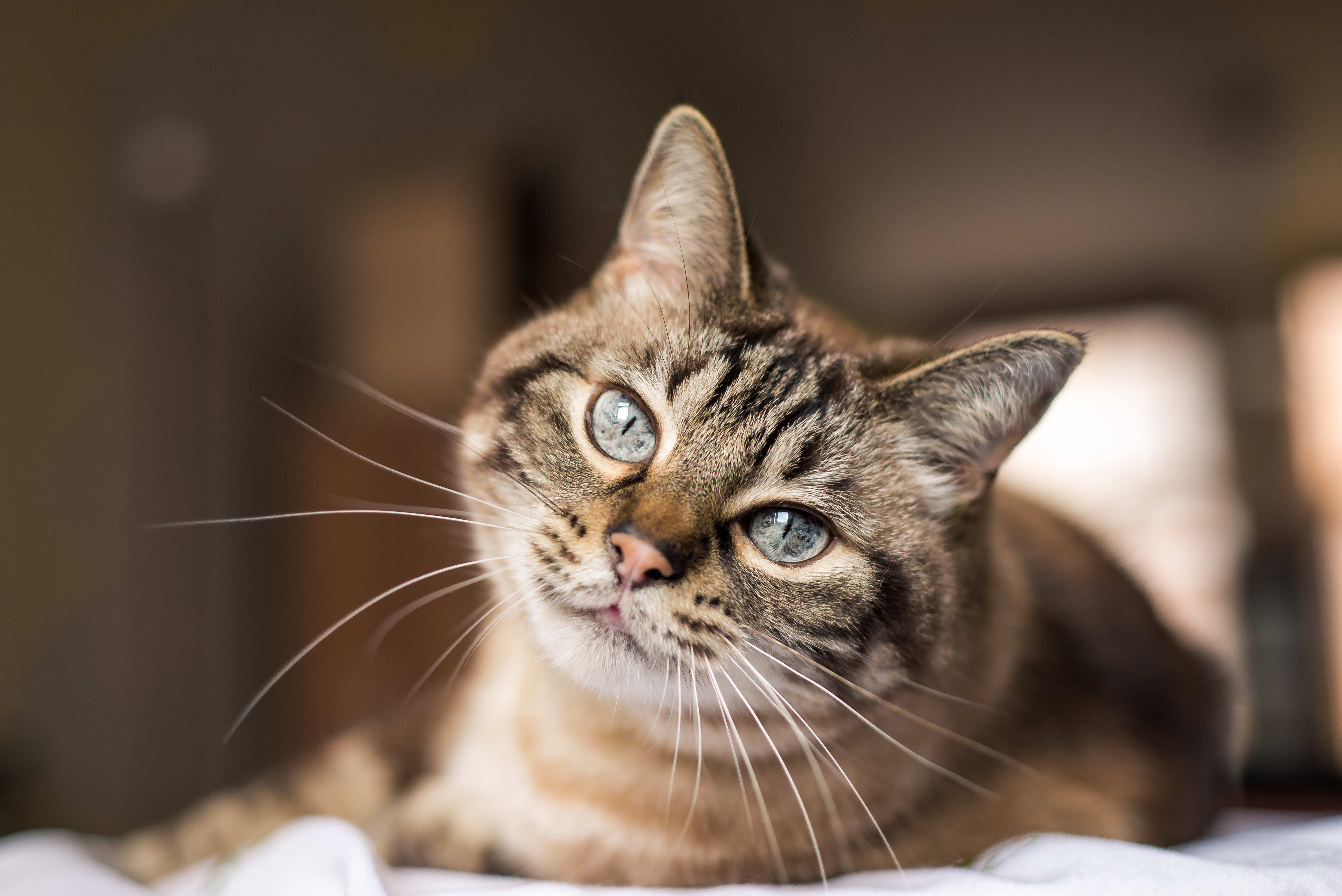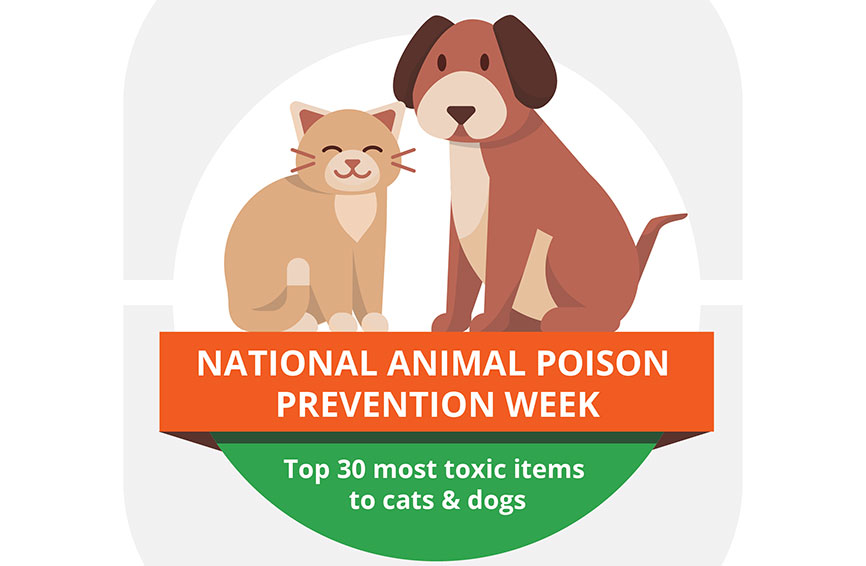Key Takeaways
- Whiskers are important for a cat’s hunting instincts and mobility.
- They are so sensitive that they can become fatigued by unnecessary contact.
- Certain food and water bowls can cause whisker fatigue in cats.
- Not every cat lover and vet believes in whisker fatigue.
- A pet water fountain may be a great solution for whisker fatigue and appeal to cats more, too.
Table of Contents
Whiskers are one of a cat’s most beautiful features. Those long, thick, white hairs pointing outwards not only frame their cute faces, they can flick to signal emotions and act like 3D sensors to determine a cat’s position. Cat whiskers are actually called vibrissae, and are so intensely vital to a cat’s hunting instincts and mobility that they even have tiny sensory organs on the tips.
How do whiskers work?
PetMD paints a clearer picture about whiskers and what they do for your cat: “They act as high-powered antennae that pull signals into their brain and nervous system. The ultra-sensitive sensory organs at the base of the whiskers, called proprioceptors, tell your cat a lot about her world. They provide your cat with information regarding her own orientation in space and the what and where of her environment.”
Cat whiskers are just one of the super predator tools they have at their disposal. For this reason, whenever the whiskers touch anything, it causes a sensorial experience, and that repeated sensation can cause stress, some say.
How do cats get ‘whisker fatigue’?
There are opposing viewpoints on kitties suffering from ‘whisker fatigue.’ While some published works support the theory, others (and most veterinarians) doubt it’s a true condition.
According to ModernCat.com, “Your cat’s whiskers are so sensitive that they can become easily fatigued by unnecessary contact with things like the sides of bowls. To help prevent whisker fatigue, make sure your cat’s food bowls are low and shallow and her water dish is wide.”
On the other paw, a Tufts Veterinary school spokesperson told Boston Magazine that this isn’t a diagnosed issue, and potentially not a concern for pet owners. The article, called Did The New York Times Publish Fake News About Cats from 2017 says, “Most pet owners care deeply about their animal’s well-being, and framing an entire story around an ailment that appears to be unknown to legitimate veterinarians is careless and could cause people to delay seeking out proper care for their animals.” The magazine suggests that the issue might be linked to pet accessory sales, i.e. pet food and water bowls.
So while it would appear that the information is conflicting, blaming the concept’s spread on a some pet bowl companies may be too simple of an explanation. PetMD says that this isn’t a disease or illness, though they wrote that cats can become stressed by a less-than-ideal feeding or water situation.
Though not every vet or cat owner ‘believes in’ whisker fatigue, if you notice your cat becoming agitated near their food or water source, they aren’t eating or are having behavioral incidents, this could be a sign of dissatisfaction with bowls. Just make sure your vet has advised that your kitty doesn’t have an underlying health issue like tooth decay, tummy troubles, or a chronic condition. If it’s the bowl, then there are some solutions you can provide to give them a better experience, although it might be an experiment of trial and error. Try different bowls, check in with other cat parents, and do some research online to see what’s out there. You’ll want a bowl without edges or corners that may hit whiskers, one that keeps the food in the middle of the dish, and something that can be cleaned easily. Some plastic feeders are porous, so food can eventually be absorbed regardless of cleaning. Additionally, cats change over their lifetimes and can sometimes want something entirely different.
Where the water is matters as well. Cathealth.com suggests a water source away from your cat’s food to mimic how they hydrate in the wild. Cats prefer running water, and don’t drink as much water in the wild where they’re eating meat. A pet fountain could be a great solution, provided you don’t allow it to build up biofilm and bacteria, as this can cause urinary issues.
Whatever vessel you provide for your cat to eat and drink out of, make sure it’s clean, easy to access, and that your cat takes to it naturally.
Even indoor cats need pet health insurance, especially for common conditions like diabetes and kidney disease. While diet and exercise can help, not all illnesses (or accidents!) can be avoided. By enrolling your cat in pet health insurance before an ailment strikes, you can save up to 90% on veterinary bills. Start by getting a free quote.





